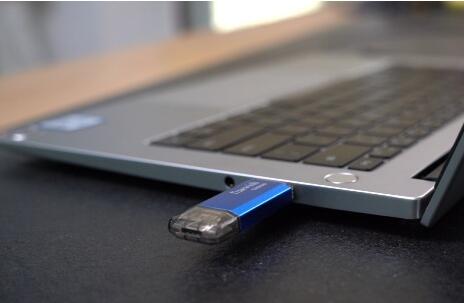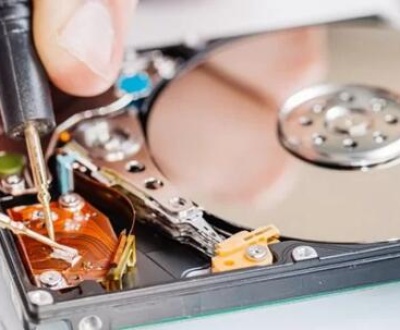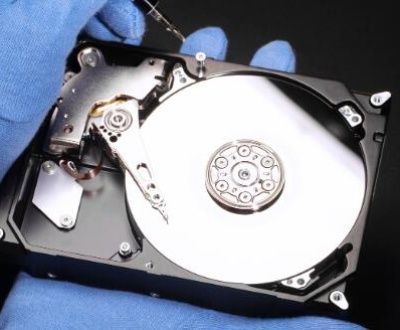1. USB Memory Sticks
USB memory sticks, often referred to as flash drives or thumb drives, have become integral to modern data management. Their small size and convenience allow users to store a wide range of files and transport them easily. However, the risk of data loss is ever-present, whether due to accidental damage, corruption, or environmental factors. Understanding the vulnerabilities of these devices is crucial for effective data recovery.
2. Types of Damage to USB Memory Sticks
Physical Damage: USB sticks can suffer from physical harm, such as bent connectors from improper insertion or broken casings from drops. These types of damage can prevent the drive from being recognized by a computer.
Logical Damage: This occurs when the file system becomes corrupted, which can happen during improper ejection, power failures, or software errors. Signs of logical damage include error messages when attempting to access files or missing file directories.
Environmental Damage: Exposure to water, extreme temperatures, or magnetic fields can severely impact the functionality of USB drives. It’s essential to assess any potential environmental factors that could have led to the damage.

3. Initial Assessment of the USB Stick
Begin by closely inspecting your USB stick for any visible signs of damage. Connect it to your computer to see if it is recognized. If not, try different USB ports or computers. If the device is still unresponsive, it may require further investigation into the type of damage.
4. DIY Data Recovery Methods
Using Software Tools: Numerous recovery software options can assist in retrieving lost files from a damaged USB drive. Here’s how to use one of the most popular programs, Recuva:
Download and Install Recuva: Visit the official website, download, and install the software.
Connect the USB Drive: Insert the broken USB stick into your computer.
Launch Recuva: Open the application and select the type of file you wish to recover.
Select the Drive: Choose your USB drive from the list of available drives.
Start the Scan: Click on “Scan” to initiate the recovery process. After the scan is complete, you’ll see a list of recoverable files.
Recover Files: Select the files you want to restore and choose a destination for recovery. Avoid saving them back onto the USB drive until the recovery is complete.
Windows and Mac Built-in Tools: Utilize the built-in disk utilities for quick fixes.
For Windows:
Open Command Prompt as an administrator.
Type chkdsk X: /f (replace “X” with your USB drive letter).
Press Enter to fix file system errors.
For Mac:
Open Disk Utility.
Select your USB drive and click “First Aid.”
Follow the prompts to repair the disk.
Repairing File Systems: If logical damage is suspected, consider using more advanced methods, such as a hex editor, to analyze the data structure. This is recommended only for users familiar with binary data.
5. Physical Recovery Techniques
For physical damage, careful inspection is key.
Inspect for Damage: Look for loose connections or broken parts. If you can access the internal components without voiding the warranty, you might attempt to reconnect any loose parts gently.
Data Recovery Kits: If DIY methods seem risky, consider investing in a USB recovery kit that includes tools for safely accessing the internal components.
6. When to Seek Professional Help
If all DIY methods fail or if the USB stick shows signs of severe physical damage, it may be time to consult a professional data recovery service. Look for reputable companies with positive reviews and transparent pricing. They typically have advanced tools and techniques for recovering data that are not available to consumers.
7. Preventive Measures for the Future
To prevent future data loss, consider the following tips:
Handle USB Drives with Care: Always eject properly, avoid exposing drives to extreme conditions, and store them in protective cases.
Regular Backups: Utilize cloud storage or external hard drives to maintain backups of your important files.
Alternatives to USB Drives: Consider using cloud storage services or network-attached storage (NAS) for more secure and reliable data management.
Recovering data from a broken USB memory stick can be a daunting task, but with the right approach, it is often achievable. By understanding the types of damage, employing effective DIY recovery methods, and knowing when to seek professional help, you can significantly improve your chances of data recovery. Proactive measures, such as regular backups and careful handling, can help protect your data from future loss, ensuring that your valuable information remains secure.
About us and this blog
Panda Assistant is built on the latest data recovery algorithms, ensuring that no file is too damaged, too lost, or too corrupted to be recovered.
Request a free quote
We believe that data recovery shouldn’t be a daunting task. That’s why we’ve designed Panda Assistant to be as easy to use as it is powerful. With a few clicks, you can initiate a scan, preview recoverable files, and restore your data all within a matter of minutes.
Subscribe to our newsletter!
More from our blog
See all postsRecent Posts
- Data recovery salt lake city utah 2025-04-18
- Data recovery sacramento 2025-04-18
- Data recovery miami 2025-04-18

 Try lt Free
Try lt Free Recovery success rate of up to
Recovery success rate of up to









